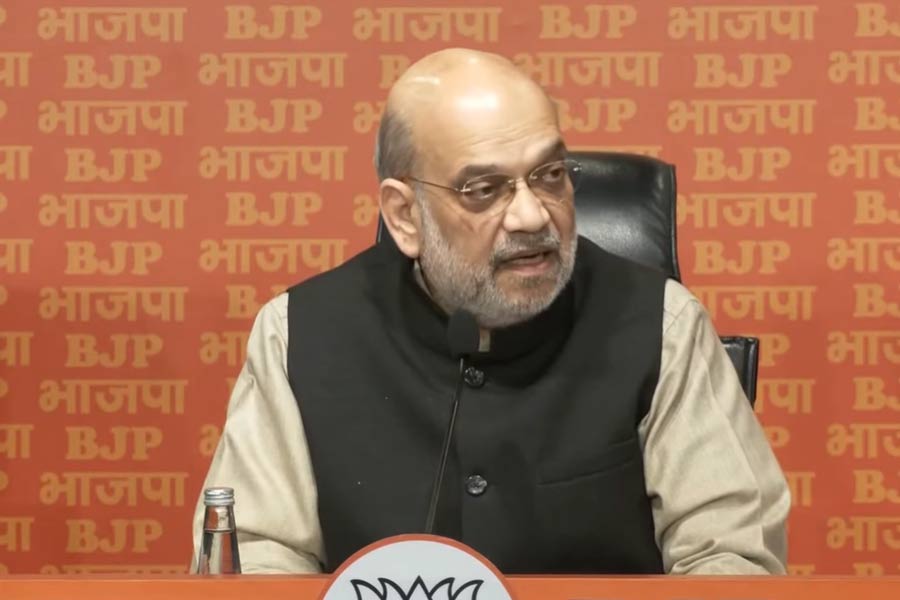Four of the city’s seven air quality monitoring stations recorded “poor” air on Sunday, exposing people out to enjoy a nippy weekend to foul air.
The stations that recorded poor air at 10am, 1pm and 4pm are at Ballygunge, Bidhannagar, Fort William and the Victoria Memorial.
The stations at Jadavpur, Rabindra Sarobar and Rabindra Bharati University (BT Road campus) recorded “moderate” air.
According to the data, PM2.5, a tiny particulate matter 2.5 microns or less in size that can hit any organ, was the prominent pollutant in all seven monitoring stations.
According to the Central Pollution Control Board (CPCB), “poor” air causes “breathing discomfort to most people on prolonged exposure” and “moderate” air causes “breathing discomfort to people with lungs, asthma and heart diseases”.
Anumita Roy Chowdhury, the executive director of the New Delhi-based Centre for Science and Environment (CSE), said PM2.5 are so tiny that they “break through blood barriers”.
“PM2.5 enters the bloodstream after breaking through the barriers. It can then travel to any organ with blood,” said Roy Chowdhury, an air quality management expert.
She said automobile exhaust, industrial units, any form of combustion and open burning contribute to the generation of PM2.5.
The ultra-small particulates also form from the breakdown of larger particulates such as PM10.
“Air pollution is a year-long phenomenon but adverse atmospheric conditions during winter lead to concentration of the pollutants. During summer the air in touch with the ground heats up and rises, dispersing the pollutants. This process slows down during winter, trapping pollutants in the lower levels of the air, the air that we breathe,” said another scientist.
A haze hung over the city on Sunday. A woman in her 30s who crossed EM Bypass around noon said the visibility had dropped because of the haze. “During winter, people step out in large numbers on Sundays. They must be concerned about the drop in the air quality,” a scientist said.
The National Environmental Engineering Research Institute had in 2017-18 done a source apportionment study for air pollution in Calcutta and Howrah. The report was submitted in 2019.
The study found that vehicles contributed 25 per cent of PM2.5 in Calcutta during winter, secondary aerosols contributed 32 per cent, wood combustion 15 per cent and coal burning 9 per cent.
In Howrah, vehicles accounted for 31 per cent of PM2.5, secondary aerosols 27 per cent, and wood and coal combustion 11 per cent each.
Secondary aerosols, also called secondary particles, are pollutants that are formed when gases produced by human activities or naturally react in the air.
Last year, the state pollution control board hired The Energy and Resources Institute to conduct a fresh source apportionment study. A board official said the report is expected next year.
Guidelines issued by the Central Pollution Control Board say citizens can help improve the air quality of a place by maintaining vehicles properly, following lane discipline, abiding by the speed limit and avoiding prolonged idling of engines.
The guidelines also urge people to use small cars instead of SUVs when the air quality drops to “very poor” or “severe”.











